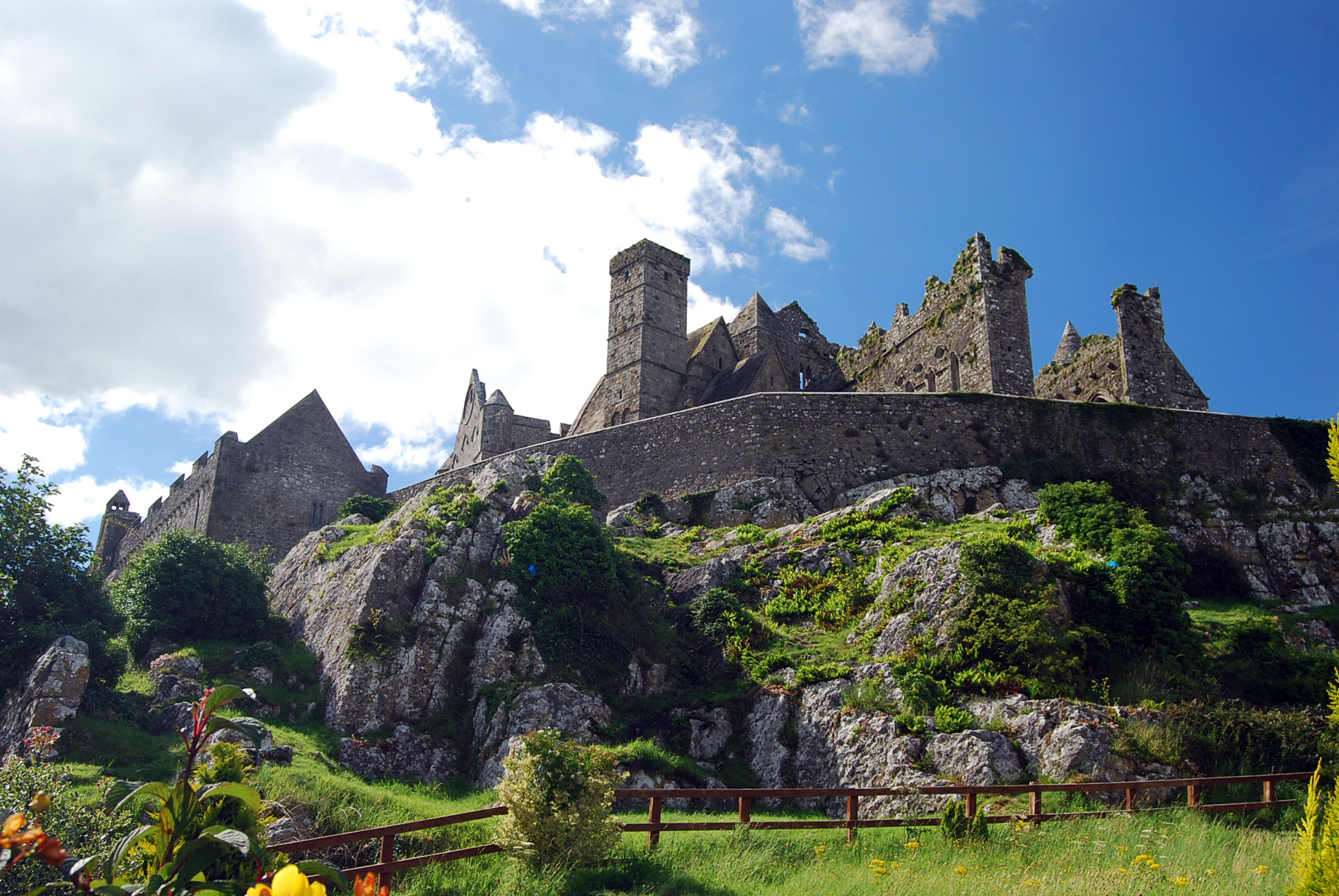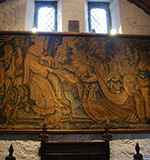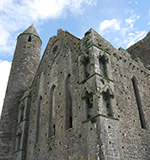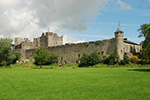History
According to legend, St. Patrick came to Cashel to convert King Aenghus to Christianity.
The Rock of Cashel is one of Ireland's most sacred locations, still shrouded in myth and legend. Located in Tipperary, Ireland, it does not constitute an actual castle but a formidable stronghold that served as the traditional seat of the Kings of Munster before the Norman invasion in the early 12th century.

The Rock of Cashel was the seat of the Kings of Munster as early as the 4th century. In the 5th century, the Eóganachta clan built a fortress at Cashel, which helped retain their power for hundreds of years. Brian Boru was crowned High King at Cashel and made it his capital in 978.
In 1101, the Rock of Cashel was donated to the Church by the King of Munster, Muirchertach Ua Briain. In 1127, construction began on Cormac's Chapel, which was consecrated in 1134. It was built for King Cormac Mac Carthaigh.
St. Patrick's Cathedral was built between 1235 and 1270. It was constructed as an aisleless, single-hall building with a central tower and extends into a residential castle.
In the 15th century, the Hall of the Vicars Choral was added and holds St. Patrick's Cross, which stands over seven feet tall. The vicars choral assisted in chanting during cathedral services. Restoration work was carried out on the Hall in 1975.
In 1647, Cashel was sacked by English Parliamentarian troops led by Murrough O'Brien, 1st Earl of Inchiquin, during the Irish Confederate Wars. The Irish Confederate troops were massacred along with the Catholic clergy, including Theobald Stapleton, an Irish Roman Catholic priest who sought sanctuary inside St. Patrick's Cathedral but was slain by the Parliamentarian troops. Theogald was Beatified by Pope John Paul II in 1992.
In the 1730s, the Anglican Archbishop of Cashel, Arthur Price, had the roof of St. Patrick's Cathedral destroyed.
In 2011, Queen Elizabeth II visited the Rock of Cashel during a visit to Ireland.
Castle Highlights
The Rock of Cashel, a picturesque collection of medieval architecture and Celtic art, is one of the most iconic Irish monuments, mostly dating back to the 12th and 13th centuries.
Cormac's Chapel has a barrel-vaulted roof and wide arches. The towers on either side of the junction of the naive and chancel bear a Germanic style that is not found anywhere else in Ireland. It also contains the oldest stairs and the only surviving Romanesque frescoes in Ireland.
Cormac's Chapel can be visited by guided tour only. These tour tickets are limited and can only be purchased on-site. However, calling ahead to confirm tour times and details is recommended, as they are subject to change.
The oldest surviving part of the Rock of Cashel is the Round Tower, which dates from around 1100. Its entrance is 12 feet from the ground. The tower was initially built using the dry-stone method; however, some mortar has been added for safety reasons.
The Rock of Cashel is a must-see location for anyone visiting Ireland. It can be explored in half a day. Cahir Castle is located close enough to see on the same day.
The Rock of Cashel has a legend.



